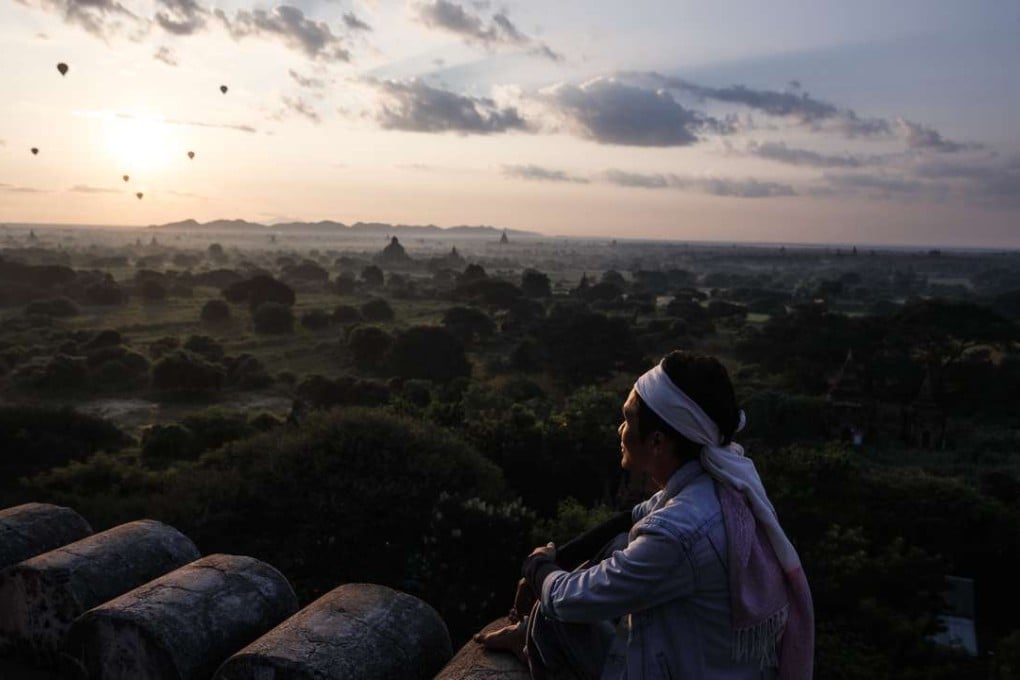Temple city Bagan after the earthquake: what’s still to see and where to go
The allure of Myanmar’s ancient temples is unshakeable, but tarpaulin now covers many of the sights of the Bagan kingdom following August's quake

Few sights are sadder than an icon of antiquity in ruins.
Cycling through the ancient city of Bagan, towards Sulamani Pahto, the visitor is no longer struck by the great temple’s tall tower, its red-brick terraces or its command of the surrounding plains. The intricate stone carvings and railings on the roof of this once-mighty 45-metre-high edifice are swamped with debris; green tarpaulin is draped over the top of the temple. Its glittering Buddha statues and frescoes are off-limits to tourists and the market stalls that line the path leading to the now locked iron gates of the front entrance stand silent.
One of the world’s greatest archaeological sites, the ancient capital of the Kingdom of Bagan, in the Mandalay region, was built between the 9th and 13th centuries. On August 24 last year, a 6.8-magnitude earthquake hit central Myanmar, killing four people and causing catastrophic damage to 185 ancient monuments and pagodas in and around Bagan.
“At first, it was almost a relief,” says École française d’Extrême-Orient architect Christophe Pottier, who helped survey the damage and formulate a rehabilitation plan for Bagan. “The earthquake was not as severe as the one in 1975 and the damage could have been much worse.”

Earthquakes are common in this area, and are the reason why the vast majority of the 10,000 structures built here all those centuries ago are no longer standing.